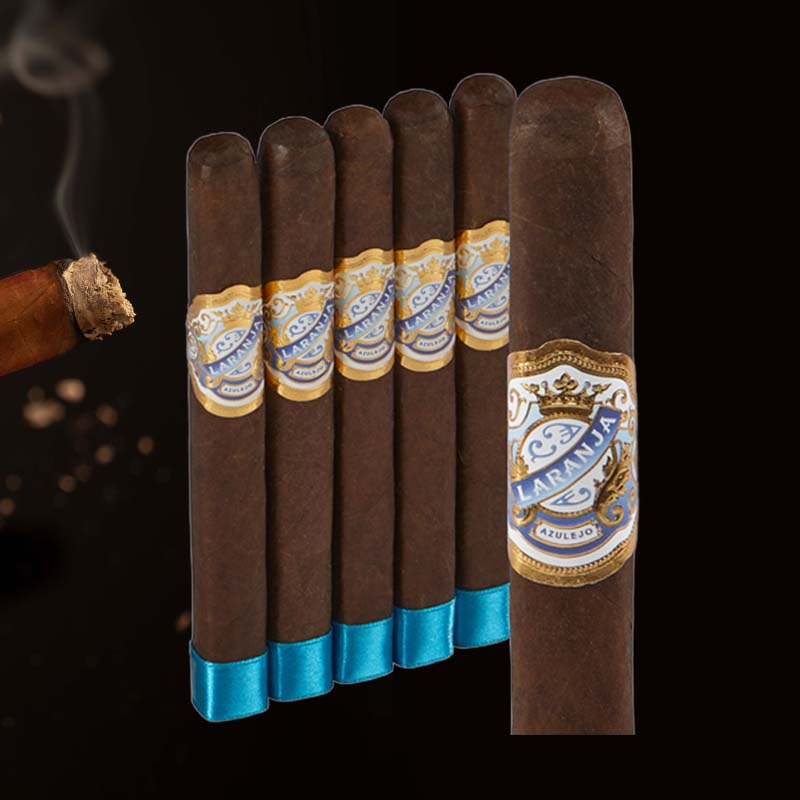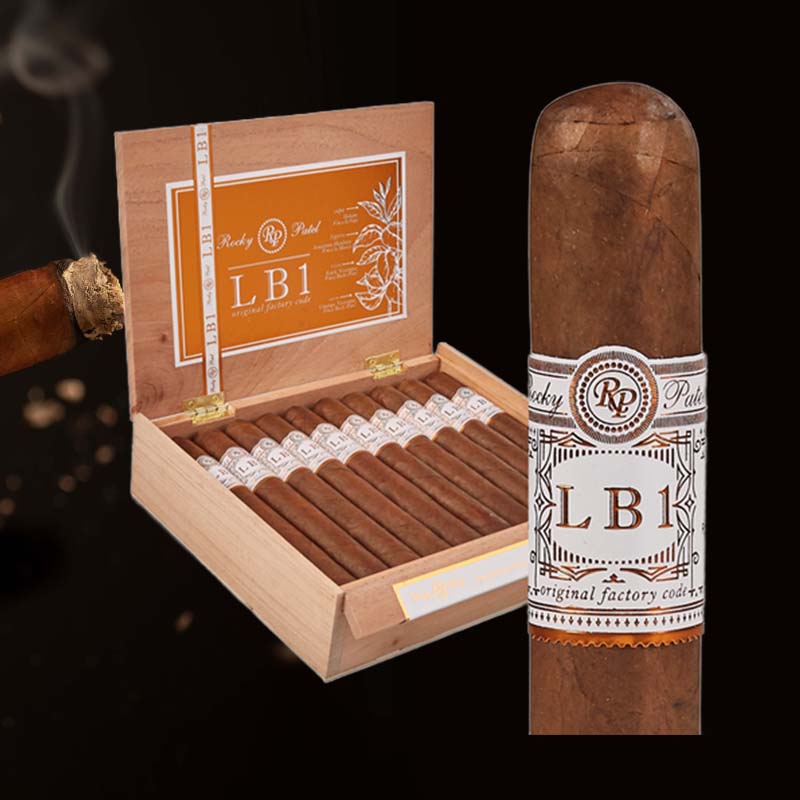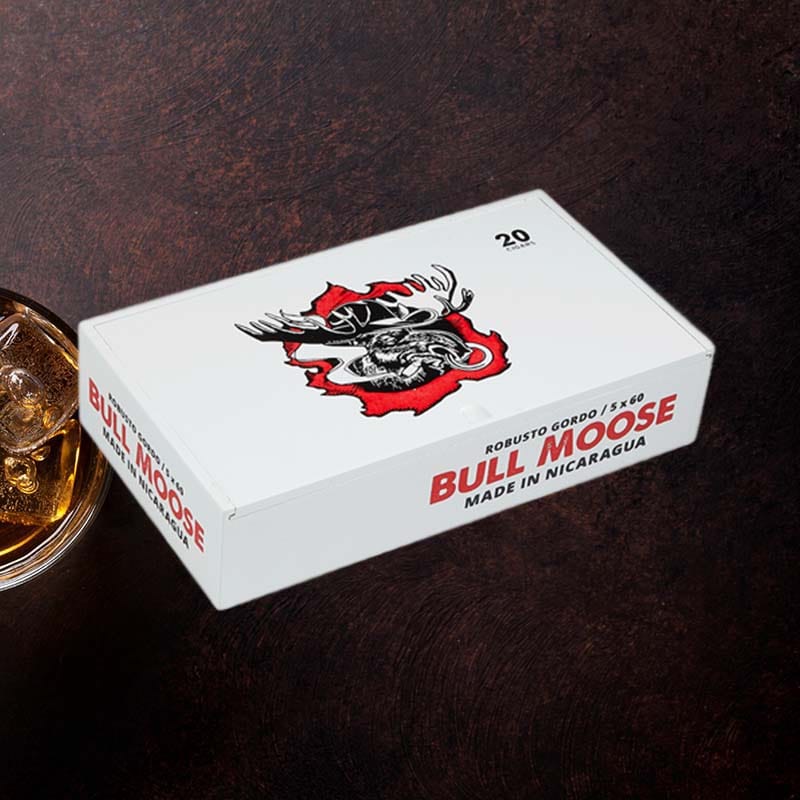Why are the torch lighters when refilled do not work
As an avid cigar enthusiast, I’ve often found myself reaching for my trusty torch lighter to spark up a relaxing evening at home or during a gathering with friends. But I can’t tell you how frustrating it is when, after a quick refill, it simply refuses to ignite. You might share this same confusion: “Why can’t I get this lighter to work?” After much trial and error, I found that understanding how these lighters function and knowing the right steps for refilling can make all the difference.
How Does a Torch Flame Lighter Work?
Before we dive into the refilling process, let’s take a moment to appreciate the inner workings of a torch lighter. Knowing how it operates can help us identify potential problems.
Components of a Torch Flame Lighter
- Butane Reservoir – it holds the fuel.
- Burner Nozzle – it’s where the flame emerges.
- Ignition System – often a piezoelectric lighter or flint mechanism.
- Adjustable Flame Control – allows you to modify the flame height.
Understanding Flame Generation
The lighter releases butane gas that then gets ignited by the ignition system, creating a concentrated flame that is perfect for lighting cigars or other materials. However, if something goes awry in this process, it may not ignite at all.
How to Properly Refill a Torch Lighter
Tools Needed for Refilling
- Butane fuel canister
- Small flathead screwdriver (if necessary)
- Paper towel (for cleaning up spills)
Step-by-Step Refilling Process
1. Turn the lighter off and make sure it is empty by releasing any remaining butane.
2. If your lighter has a refill valve, hold it upside down.
3. Insert the nozzle of the butane canister into the refill valve.
4. Press down firmly for approximately 5-10 seconds.
5. Let the lighter sit for a couple of minutes to stabilize before attempting to light it.
Common Reasons for Lighter Malfunction After Refilling
Butane Not Flowing Properly
Sometimes the butane may not be reaching the burner even if you’ve refilled it correctly. It’s crucial to make sure you used quality butane and filled it up properly.
Air Trapped in Fuel Lines
If air is trapped, it can prevent butane from reaching the ignition system. A common mistake I’ve made is not allowing the lighter to settle after a refill. If you’re in a hurry, it’s better to wait a few moments.
Clogged Burners
Debris or tar from previous use can clog the burner. I’ve found that regularly cleaning my lighter helps maintain optimal performance and prevents these issues.
Signs Your Torch Lighter Is Not Working
When the Lighter Sparks But Won’t Ignite
This often indicates insufficient fuel flow or possibly trapped air. It’s a common scenario that can be quite irritating, especially when I’m eager to enjoy my cigar.
Weak or Inconsistent Flame
If the flame wavers or is weak, it could mean that your lighter is malfunctioning similar to when it sparks without igniting. Checking the fuel and cleaning the lighter can often remedy this problem.
Troubleshooting a Torch Lighter
Steps to Diagnose the Issue
To troubleshoot, I usually start by checking if there’s butane inside, followed by inspecting for clogs and ensuring the igniter works properly. It’s a process that requires a bit of patience.
Quick Fixes for Common Problems
Sometimes simply venting the lighter by adjusting the flame control or cleaning the burner is all it needs to get back up and running.
Preventing Future Issues with Your Torch Lighter
Regular Maintenance Tips
Keep your lighter clean by wiping it down after use and performing regular inspections. This simple habit has saved me from many headaches.
Best Practices for Refilling
Always use high-quality butane and ensure the lighter isn’t hot when refilling. Avoid overfilling to prevent fuel leaks.
Additional Considerations for Torch Lighter Use
Understanding the Importance of Clean Fuel
Using clean butane keeps the lighter functioning smoothly and prevents nasty clogs that can lead to bigger issues down the road.
Choosing the Right Butane Fuel
I’ve learned the hard way that not all butane is created equal; using the right fuel can drastically extend the life of your lighter.
Safety Features and Recommendations
Using Your Lighter Safely
Always be cautious when using a torch lighter; keep it away from flammable materials and lit cigarettes. It’s called a torch for a reason!
Understanding Built-in Safety Features
Many torch lighters come with safety locks and flame adjustment mechanisms. Familiarize yourself with these features for a safer user experience.
Reader Q&A
Common Questions About Torch Lighters
Many readers often ask similar questions about their torch lighters. It’s always good to have clarity on these matters. Let’s dive in!
User Experiences and Solutions
I’ve come across many stories from other users who faced similar problems. Sharing insights can transform a frustrating experience into an opportunity for learning.
Conclusion
Final Thoughts on Torch Lighter Maintenance
Maintaining your torch lighter is essential in keeping it functional and reliable. Regularly refilling, cleaning, and troubleshooting can prevent it from becoming a source of frustration. Happy lighting!
FAQ
Why is my torch lighter not working after refilling?
It might be due to trapped air, clogs, or insufficient butane flow. Regular maintenance and proper refilling can prevent these issues.
Why isn’t my butane refill working?
This can happen if the nozzle isn’t properly connected, the fuel is low-quality, or if there is air trapped in the fuel line.
How do you fix a butane lighter that sparks but won’t light?
First, check for butane flow and air in the lines. Adjusting the flame control or unclogging the burner may help.
Why do torch lighters always stop working?
Common reasons include clogged burners, low-quality fuel, or simply not performing regular maintenance. Keeping it clean can help.















